Watercolor course
"Skyscrapers.
Glass and metal"
Do you want to learn how to paint Skyscrapers and urban landscapes in watercolor? Can you realistically convey glass, metal and their shine, and most importantly build linear perspective correctly? Feel more confident in working with complex vertical perspective construction and distortions on spherical surfaces? Join the creative process with a supportive team of like-minded people? Are you ready to work hard to master skills that will stay with you for a long time? Then this course is for you!
About the course
This course is suitable for those who are already familiar with watercolor techniques and want to gain more confidence in constructing frontal, angular and vertical linear perspective, as well as touch a little on spherical. Thanks to four lessons: one theoretical and three more practical, you will learn to realistically depict a modern urban landscape with skyscrapers, streets and objects. You will also figure out how to use watercolor techniques to create glass surfaces of buildings and what to consider when depicting metal. You will gain a lot of knowledge and skills on how to simplify unnecessary details and direct the viewer's attention to areas of the work that are important to you. All material is structured as much as possible so that after the course you can successfully apply the acquired skills in your own work in this topic. And also, in the 5th independent lesson, we will touch upon you the main questions that are important to answer when creating your own works and forming your own unique style and vision.
The work we will do with you
during the course
(click for a closer look)
Course teacher
Brand Friend Winsor&Newton
Member of the Union of Watercolorists of Russia. Member of the Association of Plein Air Painters of Russia.
Creator of the book “Watercolor for Adults”.
From 2017 to 2022 she conducted more than 37 plein airs in 17 countries. (Great Britain, Austria, Spain, Italy, France, the Netherlands, Nepal, India, Georgia, Montenegro, etc.)
Anastasiya Kustova
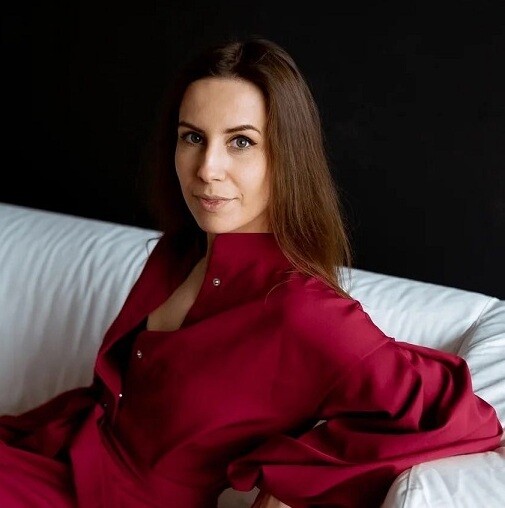
Course program
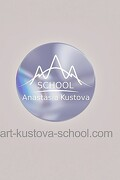
Greetings
course content
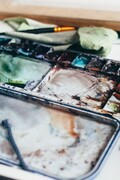
Introductory lesson. Materials
In this lesson I will tell you what materials you will need in the course. What analogues of paints and paper can you use.
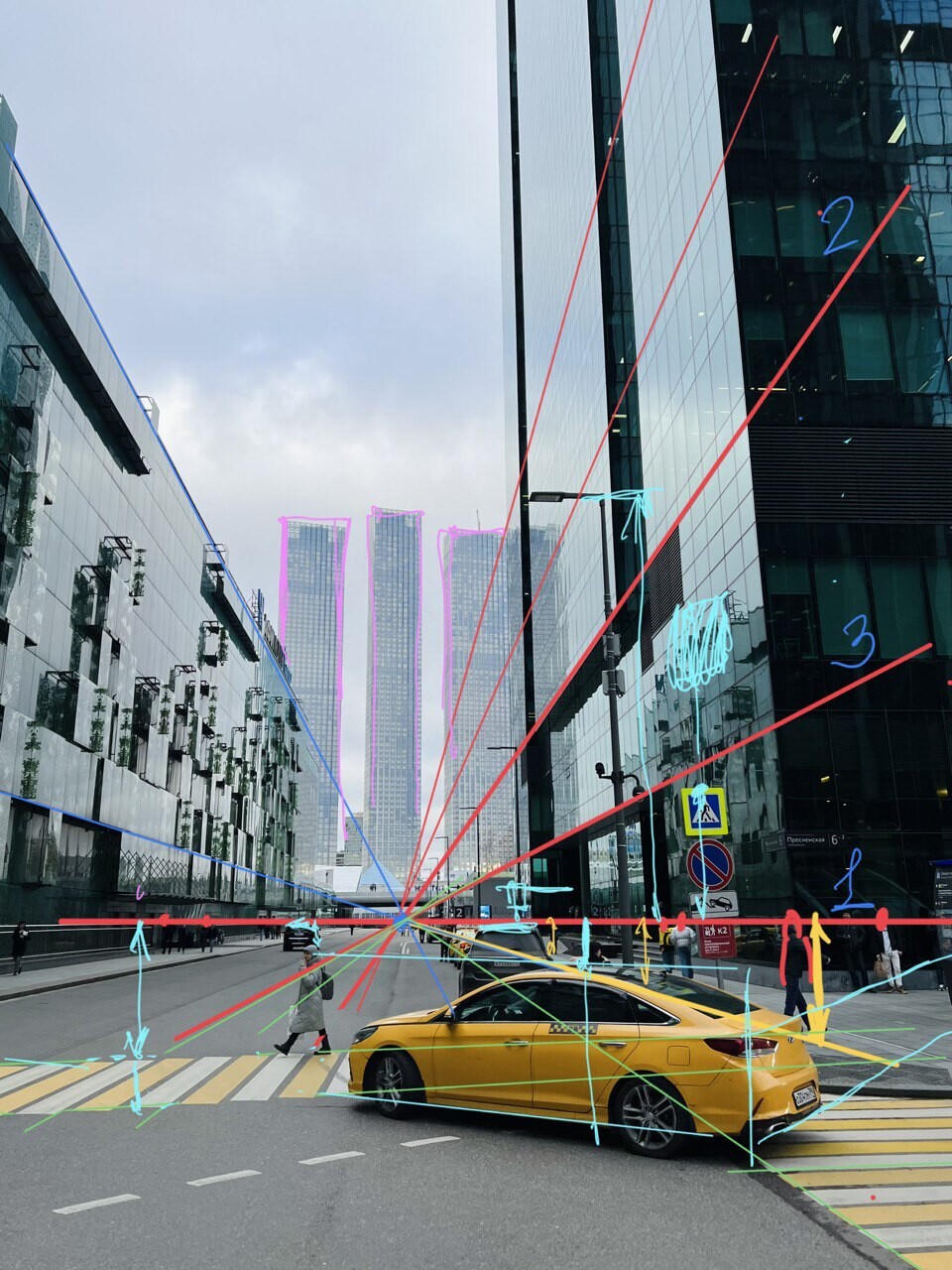
1 lesson. Linear perspective
This is a very important lesson of the course! I would like you to understand the principles of constructing linear perspective and those points that are important to pay attention to and what is better to omit. The following lessons will help you practice this theory and consolidate it in your work.
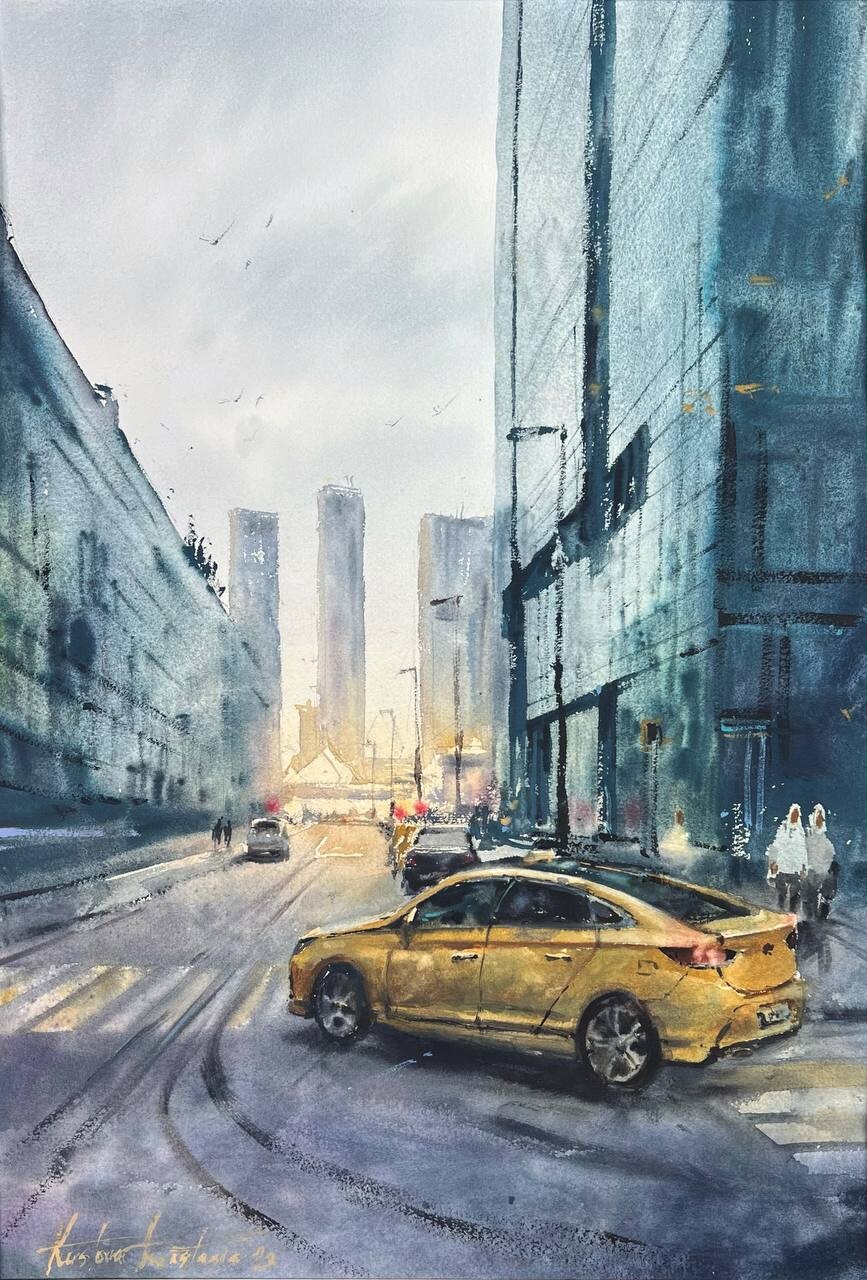
2 lesson. Skyscrapers and taxis
In the first practical lesson of the course, we will study classical linear perspective, which is found in most city landscapes. Let's figure out how to integrate machines and people into such work. We will analyze and practice how to easily and quickly create the effect of a “Glass surface” using watercolors.
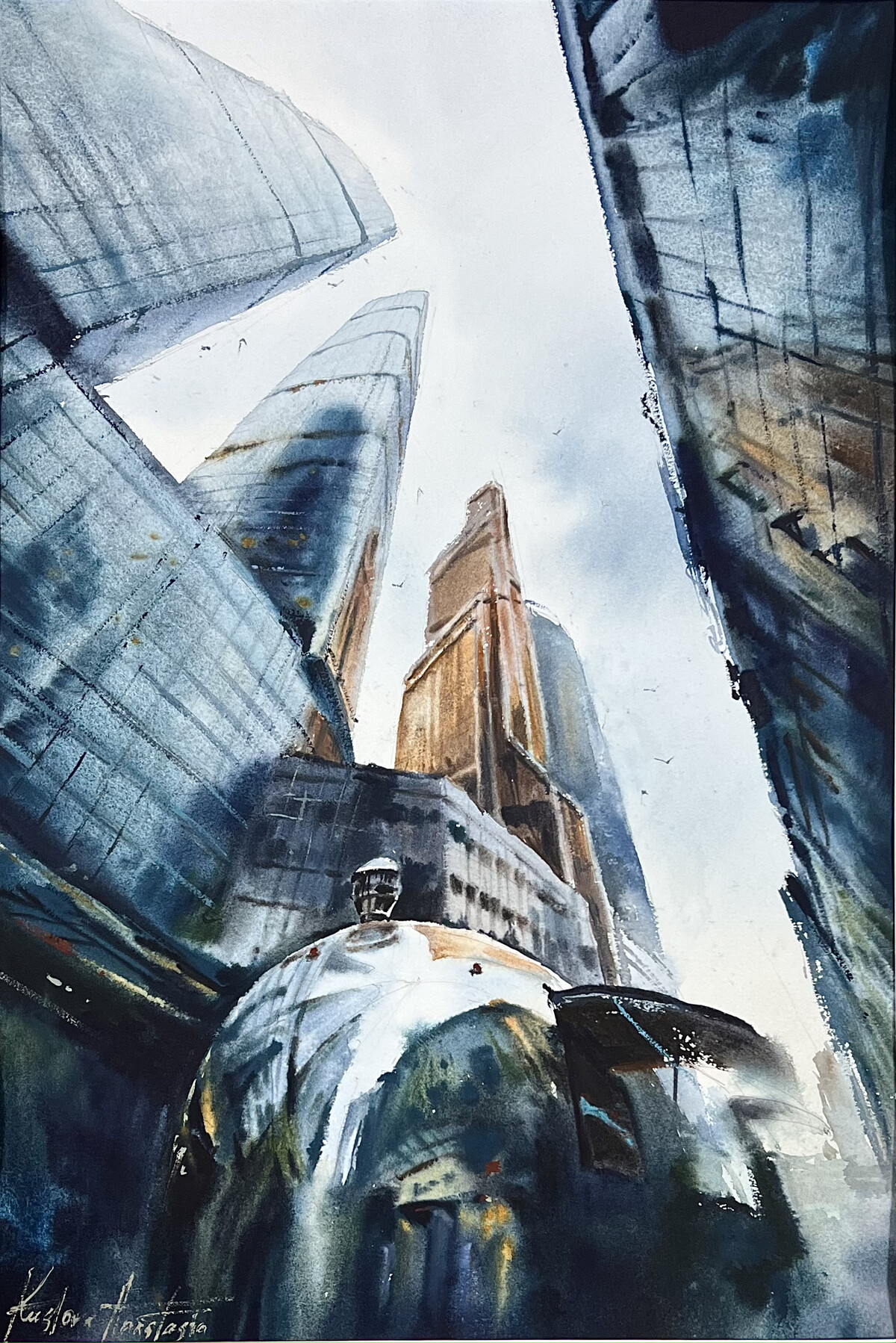
3 lesson. Vertical perspective
In this practical lesson, we will show you how to build such an unusual version of perspective as vertical, and also touch a little on spherical distortions. I will show how important it is to make constructions in a complex landscape, and it is this skeleton that is the basis on which watercolor can easily be laid. In this case, we will look at how to effectively and easily apply various watercolor techniques to create an interesting work that captivates the viewer.

4 lesson. Atmosphere. Metal and spherical perspective
In this lesson we will modify the reference almost completely. Learn to create an atmosphere of place and space through “omissions”: A mood of calm and mystery. At the same time, bring the objects needed for focus to the foreground. Let's figure out where detail is needed and where not, we'll study spherical perspective in more depth and practice depicting it and changing reflections in similar objects. As a result, you will gain the skills that will help you cope with any of your own work on the topic of modern urbanism.

5 lesson. Independent practice.
In this lesson I offer you several references to choose from for independent work. It's better if you choose your own. Remember that it is your own choice of tone, color, composition, arrangement of drops that will be able to consolidate the skills acquired in the course. I wish you good luck and success!
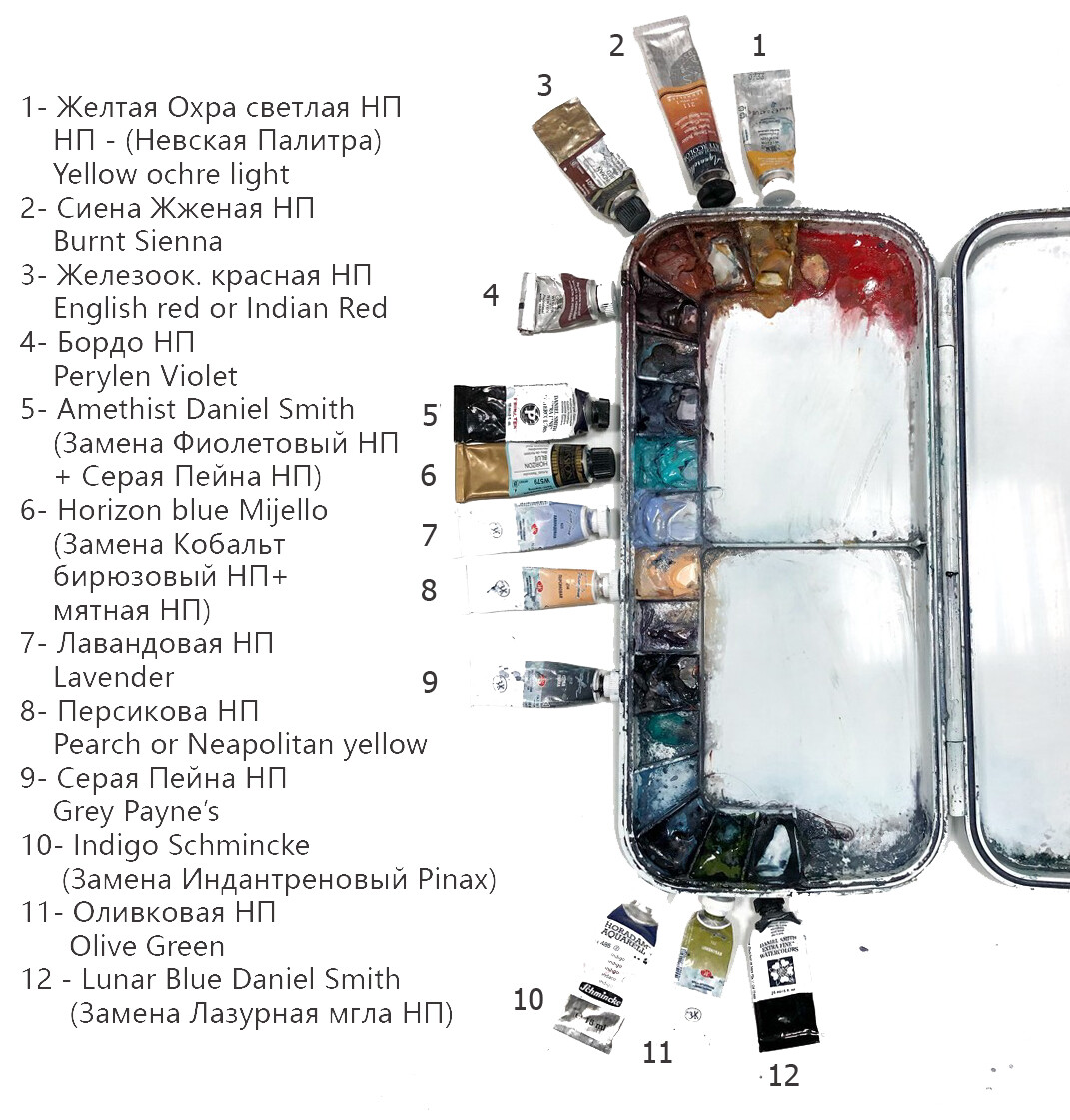
Paints
Above are the colors and palette of Anastasia with analogues in the Nevskaya Palitra. But remember that you can use your palette if you know it and are confident in it, taking into account only the comments on the use of warm and cool colors that Anastasia always makes during the lesson.
COURSE MATERIALS
Brushes
- Goat flute 30-40 cm
- Large synthetic / squirrel mix / calligraphy brush
- Light synthetic for details
- Flat wiping brush
- Fan brush for correcting mistakes
- Synthetic masking fluid brush
Paper
For this course you will need 100% cotton cotton paper
(it is advisable not to use Saunders Waterford, as we will be working in the rubbing technique, and this paper does not allow this). Of course, you can use any thick watercolor paper you are familiar with, but keep in mind that the effects may differ from Anastasia’s work.
Format no less than 30x40 cm
Preferably 38x56 cm, otherwise the effect of drawing drops on a small format will not be the same.
Other materials
- masking fluid (НП, Pebeo, Winsor& Newton? Sennelier)
- Melamine sponge
- A plastic tablet no smaller than your paper size
- pencil 2 В
- eraser
- water container
- paper napkins
Creating your own works
The main goal of the course is to explain the principles of working in watercolor techniques with a new topic, which will give you your own freedom in drawing. You will not just copy the work of the teacher, but will learn creative thinking.
WORKS OF COURSE STUDENTS
5990₽ = 31 411₸ = 61$ = 59€
ACCORDING TO THE STATUS OF THE RATE AS OF 25/12/2024
PAY ATTENTION! DUE TO THE FEATURES OF THE PAYMENT SYSTEM, PAYMENT CAN BE MADE IN KAZAKHSTAN TENGE
5990₽
4 practical lessons (more than 8 hours of training videos)
Unlimited time access. You can take lessons when it is convenient for you

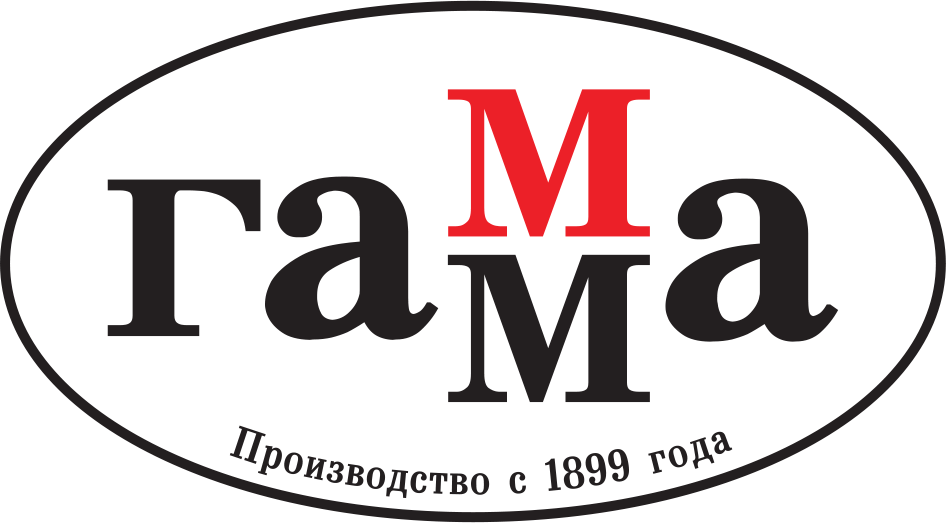
IF YOU HAVE ANY QUESTIONS, PLEASE USE THE FEEDBACK FORM BELOW
OR EMAIL info@art-kustova-school.com




